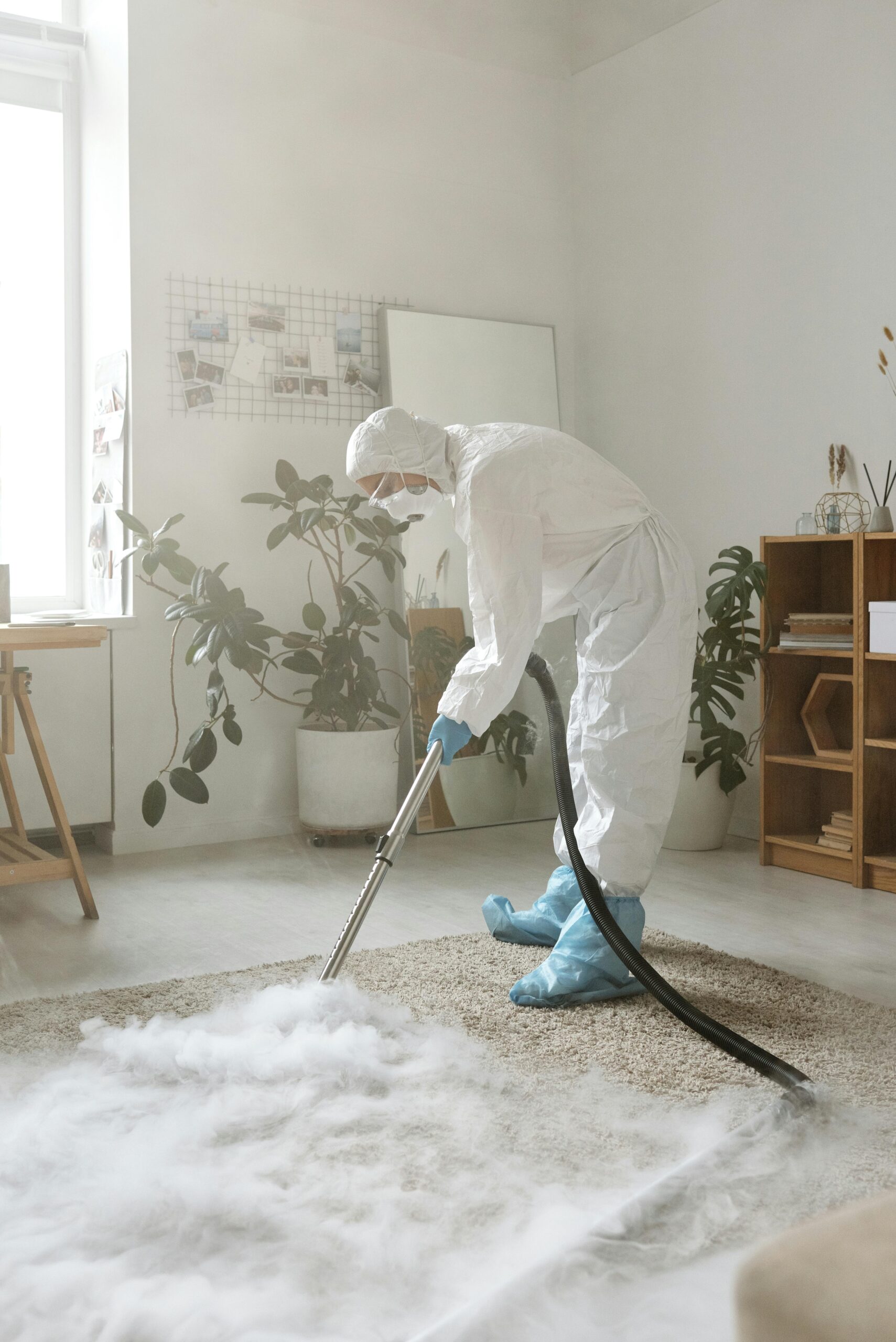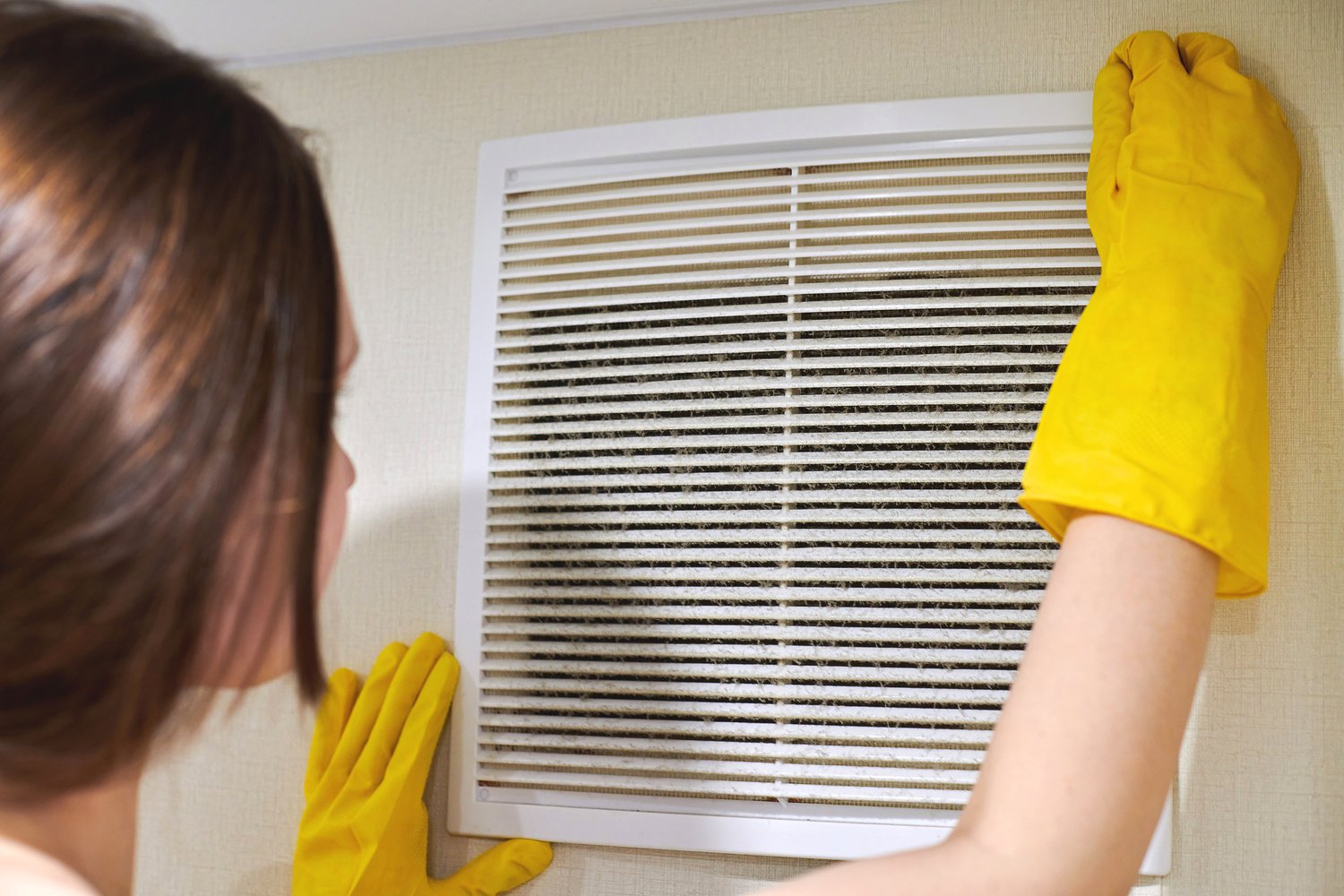Your carpets endure daily foot traffic, pet activity, spills, and the constant accumulation of dust and allergens that regular vacuuming simply cannot eliminate completely. Professional carpet cleaning provides a deep cleansing solution that extends beyond the capabilities of household maintenance. This article explores the various professional carpet cleaning methods available today, comparing techniques like steam cleaning vs dry carpet cleaning pro services, and outlines the compelling benefits of scheduling regular professional treatments to maintain the health, appearance, and longevity of your carpets.
Understanding Professional Carpet Cleaning
Professional carpet cleaning involves specialized equipment and techniques that go far beyond what consumer-grade vacuums and spot cleaners can accomplish. When you hire a carpet cleaner, you’re investing in their expertise, commercial-grade equipment, and professional-strength cleaning solutions that work together to remove deeply embedded dirt, allergens, and stains. Most homeowners are unaware that carpets can hold up to four times their weight in dirt and contaminants. This hidden debris not only affects indoor air quality but also causes carpet fibers to break down prematurely, leading to a worn appearance and shortened lifespan.
The frequency of professional cleaning depends largely on your household circumstances. Homes with children, pets, or high foot traffic generally benefit from professional treatments every 6-12 months, while lighter-use households might schedule annual or biennial cleanings. According to industry experts at AskHomey, regular maintenance between professional cleanings, including prompt spot treatment and routine vacuuming, plays a crucial role in preserving carpet appearance and extending time between professional services.
Popular Professional Carpet Cleaning Methods
The debate between steam cleaning vs dry carpet cleaning pro methods continues to divide industry professionals and homeowners alike. Each approach offers distinct advantages that make them suitable for different carpet types and cleaning needs.
Hot water extraction, commonly known as steam cleaning, remains the most widely used professional method. This technique involves injecting hot water and cleaning agents deep into carpet fibers, then immediately extracting the solution along with dislodged dirt and contaminants. The hot water creates a sanitizing effect that effectively eliminates bacteria, dust mites, and allergens. While this method provides exceptional deep cleaning results, the primary drawback is drying time, which typically ranges from 6-24 hours depending on carpet thickness, room ventilation, and humidity levels.
Alternatively, dry carpet cleaning techniques have gained popularity for busy households that cannot accommodate extended drying periods. This method applies specialized compounds or slightly moistened cleaning agents that encapsulate dirt particles. After allowing these substances to work through the carpet fibers, technicians remove them using specialized equipment. The primary advantage is the significantly reduced drying time—carpets are typically ready for normal use within 1-2 hours. However, some carpet care professionals argue that dry methods don’t provide the same deep-cleaning effect as hot water extraction.
Carbonated cleaning represents a middle-ground approach that uses minimal moisture while still achieving substantial cleaning effectiveness. This technique employs carbonated cleaning solutions that penetrate deeply, with tiny bubbles lifting dirt to the surface for extraction. The result is a thoroughly cleaned carpet with a reduced drying time of approximately 2-4 hours.
Benefits of Professional Carpet Cleaning
The professional carpet cleaning methods cost benefits analysis clearly favors regular maintenance. While DIY rental machines may seem cost-effective initially, they often leave moisture behind, potentially causing mold growth and requiring more frequent treatments due to rapid resoiling.
Professional cleaning dramatically improves indoor air quality by removing allergens, dust mites, and environmental pollutants that become trapped in carpet fibers. For households with allergy sufferers, this health benefit alone justifies the investment in professional services. Additionally, many carpet warranties require documentation of periodic professional cleaning to maintain coverage for manufacturing defects.
The appearance enhancement from professional treatment is immediately noticeable. Faded traffic paths, stubborn stains, and flattened areas often respond remarkably well to professional techniques that consumers cannot replicate with household equipment. These aesthetic improvements extend beyond mere cleanliness—properly maintained carpets retain their texture, resilience, and color integrity significantly longer.
Choosing the Right Professional Service
When preparing to hire a carpet cleaner, consider services that provide detailed consultations and transparent pricing. Reputable professionals will assess your specific carpet type, soil level, and any special concerns before recommending the most appropriate cleaning method. Avoid companies offering dramatically lower prices than competitors, as these often reflect corner-cutting practices that yield poor results or require costly “upgrades” during service.
Request information about the cleaning products used, particularly if you have children, pets, or chemical sensitivities. Many quality services now offer eco-friendly options that maintain cleaning efficacy while reducing environmental impact and potential irritants. Additionally, inquire about the technician’s training and certification, as industry credentials indicate a commitment to professional standards and continued education in carpet care techniques.
For more tips and to connect with reliable home service professionals, follow AskHomey on Facebook and Instagram.



